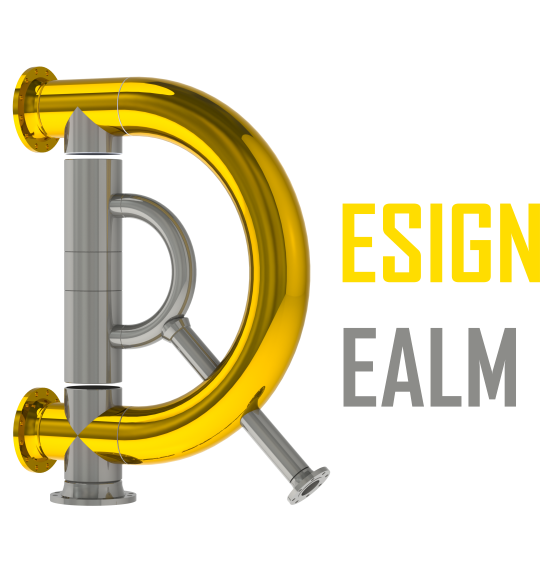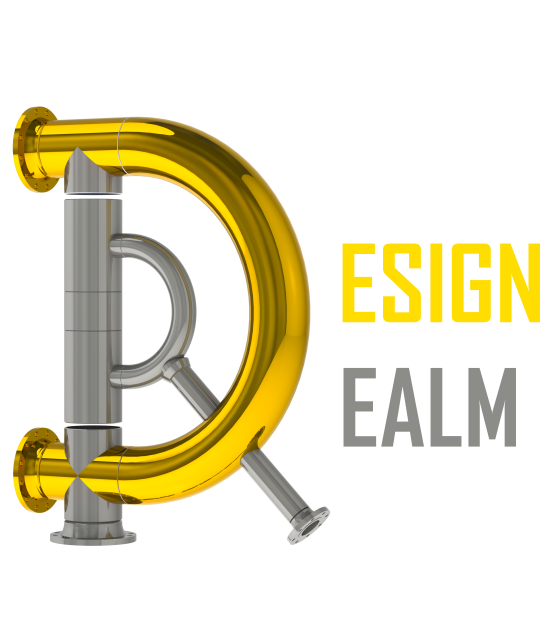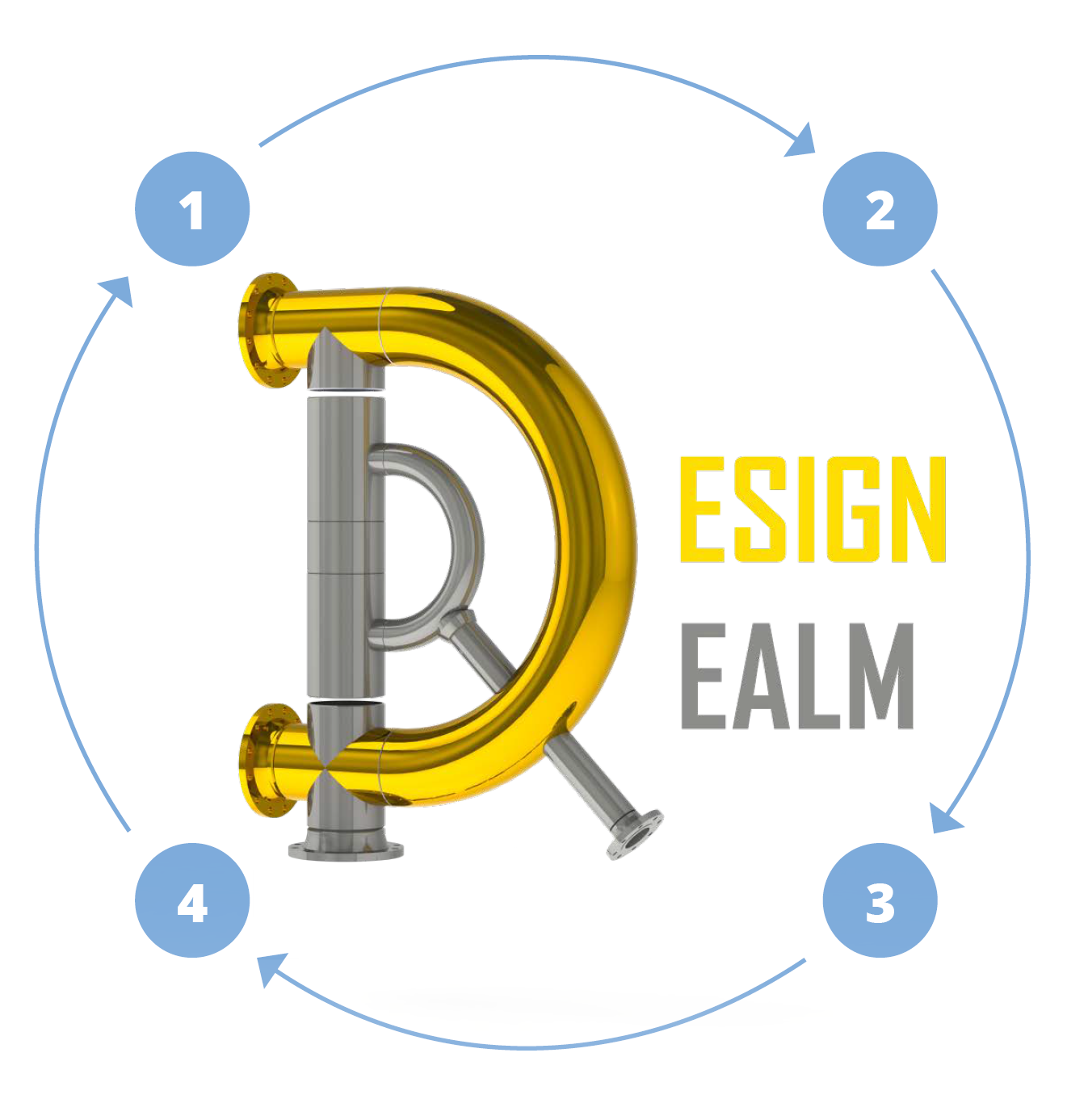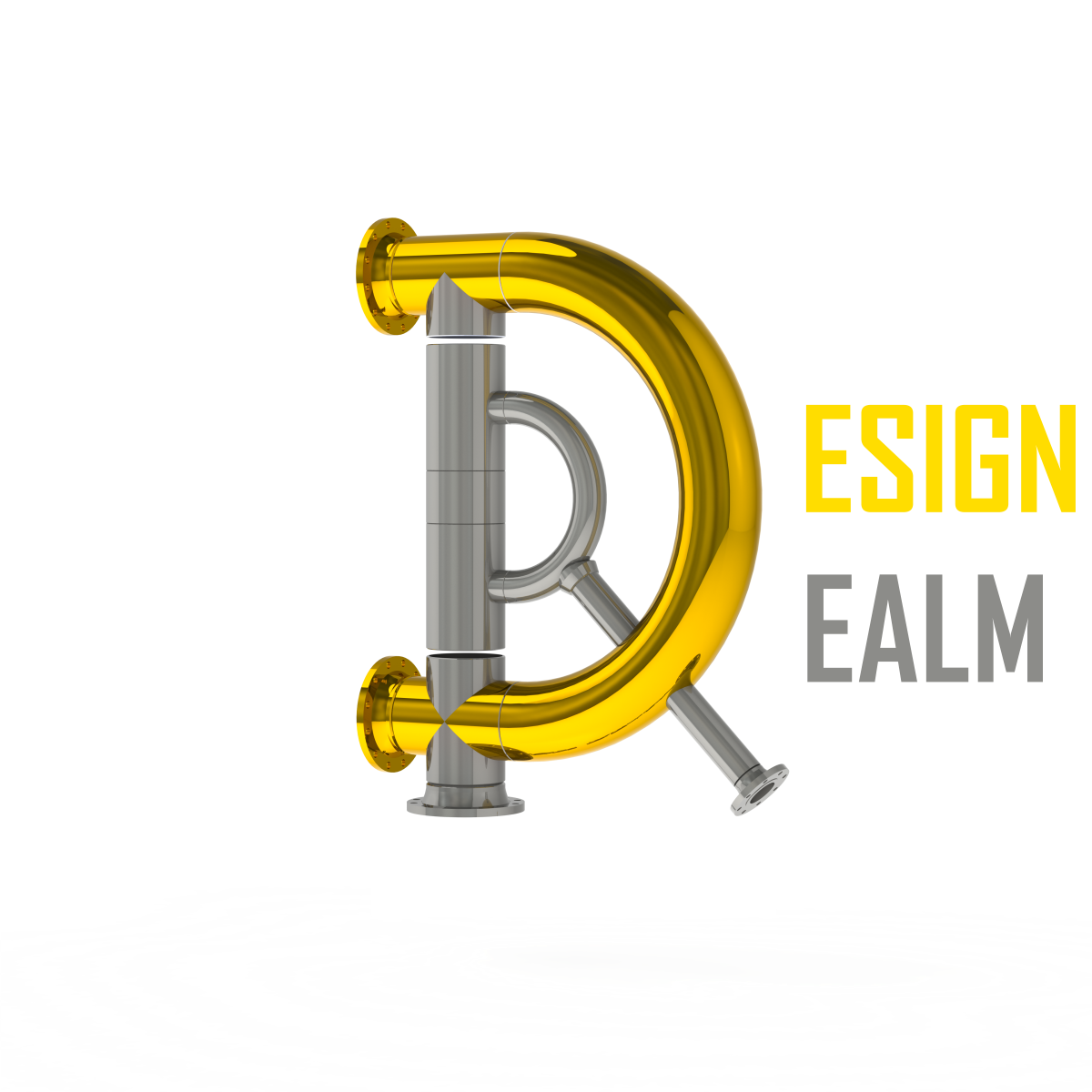Get in touch
555-555-5555
mymail@mailservice.com
Recent News + Blog
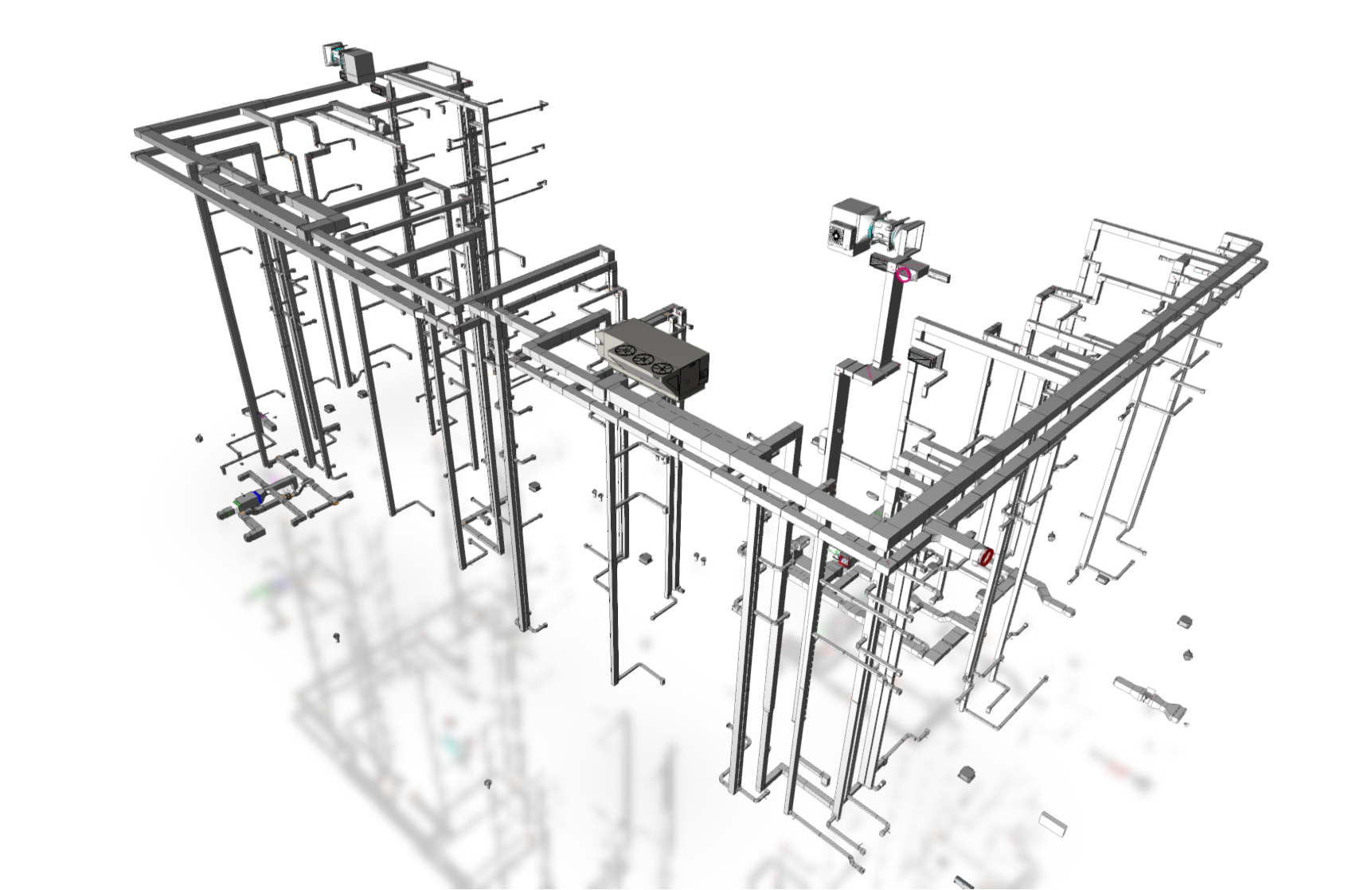
By Darryl Ragbir
•
March 22, 2024
In today’s fast-paced construction industry, innovation is key to driving efficiency, accuracy, and collaboration like never before. One technology making waves is Building Information Modeling (BIM), which offers specialty contractors a host of benefits. From improved coordination to smoother workflows, BIM is changing the game for contractors, setting them up for greater success. At its core, BIM is a digital model that captures a building’s physical and functional features. It merges all the information about a project—design, construction, and operation—into one comprehensive model, giving stakeholders a complete picture of the building's lifecycle. For specialty contractors who often deal with complex systems and precise installations, BIM is an essential tool that helps optimize every phase of their projects. One of the standout benefits of BIM is its ability to enhance coordination and detect clashes. When contractors work within a shared BIM environment, they can spot potential conflicts between building components early on, before they lead to expensive problems on-site. Whether it’s integrating mechanical, electrical, and plumbing (MEP) systems or avoiding clashes with structural elements, BIM helps contractors tackle issues proactively, reducing the need for rework and delays. BIM also boosts precision in planning and execution. With detailed 3D models and visualizations, contractors can see complex installations, assess space needs, and pinpoint the best solutions before construction begins. This clarity allows them to make informed decisions, minimize risks, and deliver high-quality results that meet client expectations. Beyond improving coordination and accuracy, BIM enhances workflows and productivity. By centralizing project information and automating tasks like quantity takeoffs and material tracking, contractors can operate more efficiently. With real-time data at their fingertips, they can optimize resource allocation, monitor progress, and adjust plans as needed, keeping projects on track and within budget. Lastly, BIM promotes collaboration among all project stakeholders. It provides a common platform for sharing information and coordinating activities, breaking down barriers between teams. Specialty contractors can work more closely with architects, engineers, and other trades, fostering innovation and driving improvements throughout the project lifecycle.
